
views
- Read the white tag on the end or find the colored stamp on the wood to see if the wood has been pressure treated.
- Look for a tell-tale green tint, or smell the wood—pressure-treated wood has a chemical or oily odor.
- Check for incision marks across the entire surface of the wood. These incisions help the preservatives penetrate deep into pressure-treated wood.
Tag or Stamp
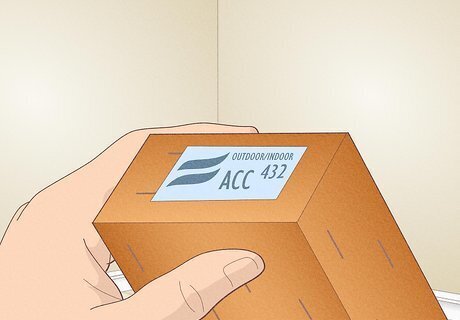
Read the tag or stamp on the wood to see if it lists preservatives. The stamp could be anywhere on the wood, but a tag is usually stapled to the end of the board. The tag or stamp lists the type of preservative the wood contains. It also gives helpful information like where the wood is intended to be used—inside or outside and above or below ground. Here are preservatives and their abbreviations to look for on your wood: Acid copper chromate (ACC) Alkaline copper quaternary (ACQ) Copper azole (CA) Chromated copper arsenate (CCA) Copper-HDO Copper naphthenate Creosote Pentachlorophenol (PCP) Sodium Borate (SBX) Micronized Copper Quaternary (MCQ)
Incisions

Look for small straight incisions across the entire surface of the wood. These incisions are ⁄2 to ⁄4 inch (1.3 to 1.9 cm) long and they're at regular intervals on every side of the wood. Untreated wood typically doesn't have incisions. The incisions help the preservatives penetrate deep into the wood, especially if it's hardwood like Douglas fir.
Color

Look for a greenish or unusual brown tint. To pressure-treat wood, lumber is coated with preservatives and put into a cylindrical chamber. Then, it's pressurized so the chemicals penetrate deep into the wood. This changes the color of the wood and tends to give it a slightly green tint. Some types of wood, like soft southern yellow pine, turn a darker brown. Note that the greenish tint can fade over time, so this isn't a completely reliable way of determining if old wood was pressure treated.
Smell
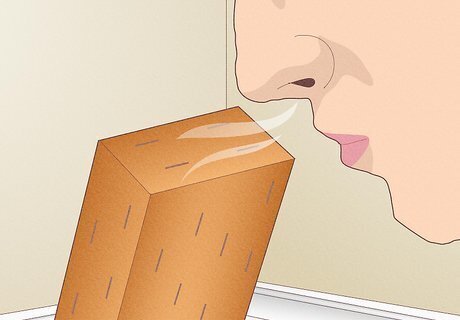
Sniff the wood to decide if it smells oily or like chemicals. If the wood was pressure treated with water-based preservatives, it smells a bit like plastic or chemicals, not like wood typically smells—fragrant and natural. If it was pressure treated with oil-based preservatives, the wood will smell oily. Pressure-treated wood is typically made using pine, fir, or spruce trees. These are pleasantly fragrant if they're untreated, but if they smell "off" or like chemicals, it's a good sign they're pressure-treated.
Size
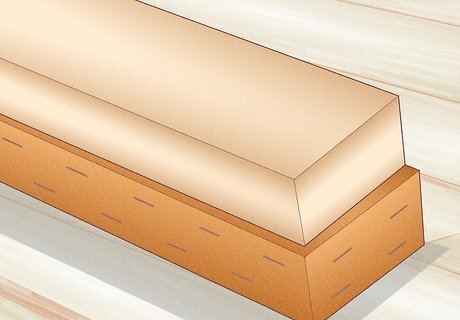
Pressure-treated lumber swells, so it's larger than untreated wood. Since the wood absorbs liquid chemicals during the pressure treatment, it's slightly larger than untreated wood of the same dimension. Pressure-treated wood can get slightly smaller as it dries, so it's really hard to paint brand-new lumber because the paint will peel as the wood contracts and shrinks. If you do want to paint pressure-treated wood, wait until the lumber is totally dry.
Fact Sheet
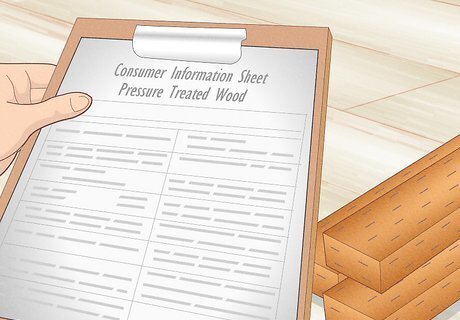
Ask for a consumer information sheet to learn if the wood was treated. If you're buying lumber from a hardware store or lumber mill, ask for a product fact sheet. The Environmental Protection Agency requires that lumber suppliers provide information about the chemicals used in pressure-treating wood, so this is a great way to definitely tell if wood has been pressure treated. For example, the fact sheet should clearly state if the wood was treated and the chemical that was used. It should go on to explain whether or not it's safe to burn the wood, and what safety precautions you should take when cutting or handling the wood.
Test Kit
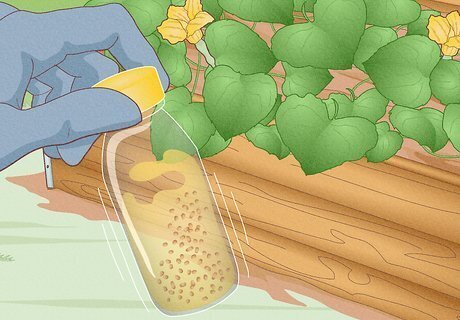
Get a test kit to see if older wood was pressure treated with arsenic. Although arsenic in the form of chromated copper arsenate (CCA) was phased out of pressure-treated lumber in 2004, you might be wondering if old wooden structures like playsets or garden beds have pressure-treated wood. Purchase a CCA test kit and follow the manufacturer's instructions for testing a sample of sawdust. The results will show the level of arsenic, if any, in the wood. Unfortunately, wood test kits only test for arsenic. To buy a wood testing kit, check local hardware stores, lumber yards, or online.




















Comments
0 comment